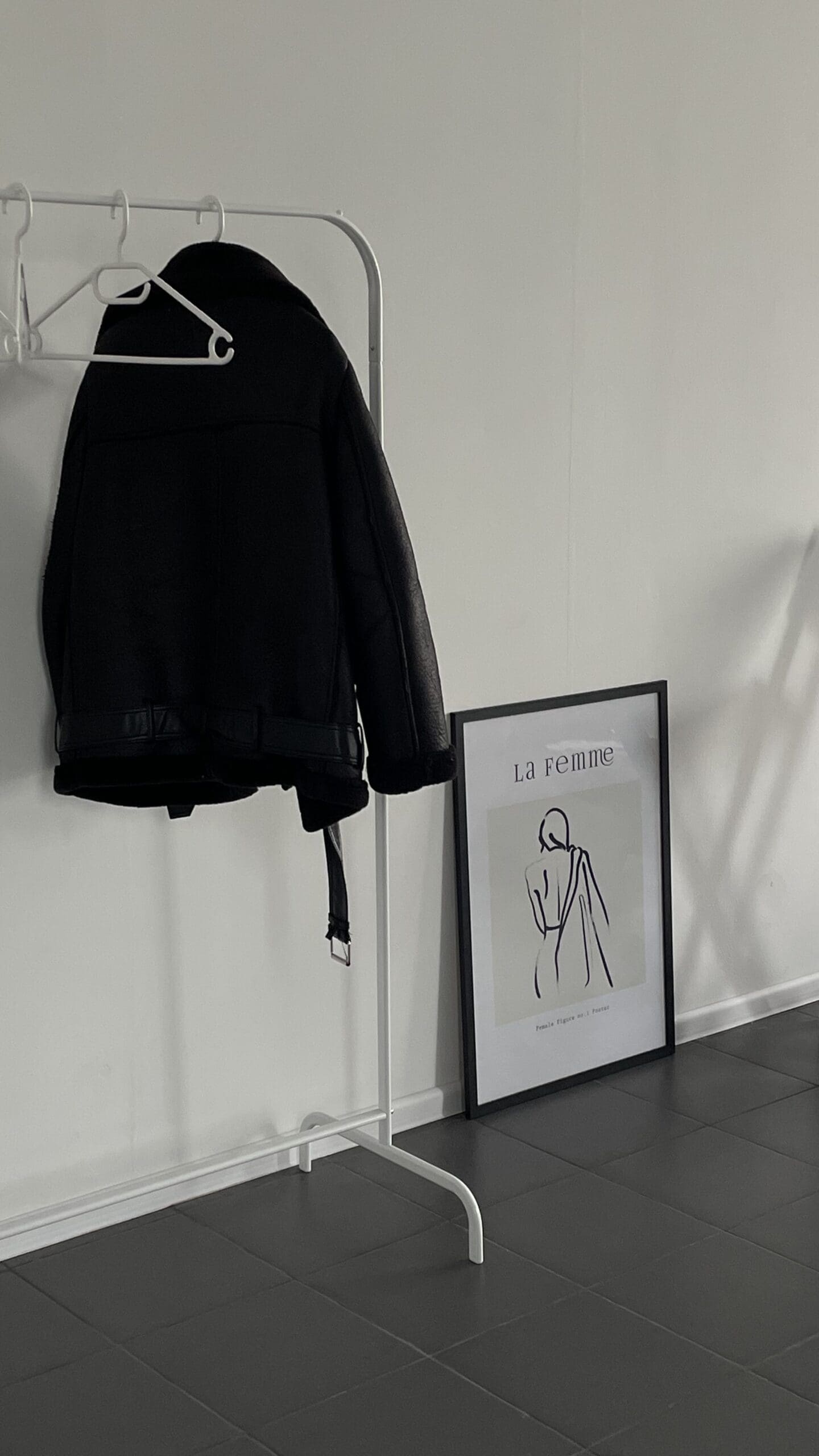Looking for marketing and/or design support? You're looking for our sister | Click here for Dial Zero Marketing
Looking for marketing and/or design support? You're looking for our sister
Click here for Dial Zero Marketing
If you are investing in a private company or building one you plan to grow and eventually sell, understanding how to read a cap table is essential. A cap table, short for capitalization table, shows who owns what. It is the official record of ownership in a company, typically in a data room or a pitch deck.
Knowing how to read a cap table helps you see how much you truly own, how future investments could dilute that stake, and how money will flow when the business is sold or goes public.
What a cap table shows
At its simplest, a cap table lists all the shareholders and how much of the company each owns. It typically includes:
- Founders and team members
- Angel investors and venture funds
- Option pools for current or future employees
- Any convertible notes or SAFEs that could convert into shares later

Image Credit: Wall Street Prep
Each line tells you who holds equity and how much of the company that represents.
Key columns to look for
When you review a cap table, pay attention to these core columns.
Shareholder name: Who owns the shares.
Number of shares: How many shares they hold.
Ownership percentage: What fraction of the total company that represents.
Class of shares: Common vs. preferred, which impacts voting and payout rights.
Fully diluted ownership: This reflects how ownership would look if all options and convertibles turned into shares.
[IMAGE PLACEHOLDER: Close-up of cap table rows with highlighted “ownership %” and “fully diluted %” columns]
Why dilution matters
Most startups raise capital in multiple rounds. Each time they issue new shares to investors, existing owners see their ownership percentages decrease. This is called dilution.
Reading a cap table helps you see not only who owns what today, but how future fundraising could reduce your slice of the pie.
For example, if you own 10% now, a new funding round might drop that to 7% if additional shares are issued. However, if the company’s value grows significantly, your smaller percentage could still be worth far more in absolute dollars.
How cap tables impact payouts
When a company sells or goes public, the cap table determines who gets paid and how much. Preferred investors might have liquidation preferences, which means they get their money back first. Employees with options might only see value if the exit price clears certain thresholds.
Reading the cap table alongside any investor agreements gives you a clear picture of how the proceeds would be split.
[IMAGE PLACEHOLDER: Simple exit waterfall graphic showing preferred vs. common payouts]
The bottom line
Knowing how to read a cap table is critical if you want to invest intelligently or make strategic decisions about your own company. It tells you exactly who owns the business, how ownership will change over time, and what each stakeholder stands to gain when the company reaches a liquidity event.
It is one of the simplest but most important documents in private investing.
